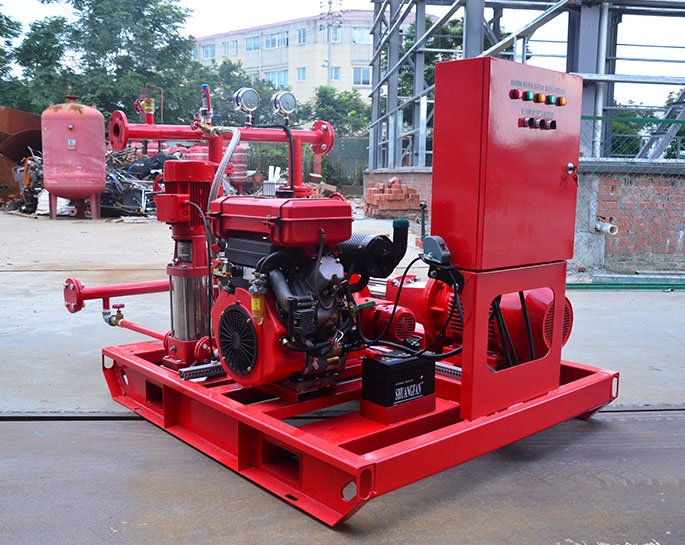Fire pump knife gate valve, working principle of pneumatic actuator
A fire pump knife gate valve equipped with a pneumatic actuator combines the functionality of a knife gate valve with an actuator powered by compressed air. The pneumatic actuator is responsible for controlling the opening and closing of the valve using air pressure. Here's an overview of the working principle of a pneumatic actuator in a fire pump knife gate valve:
-
Valve and Actuator Assembly: The knife gate valve is a type of isolation valve with a flat gate that slides in and out of the flow path. It is specifically designed for applications where a tight shut-off is required. The pneumatic actuator is mounted on top of the valve and is mechanically connected to the gate. The actuator consists of a housing, diaphragm or piston, spring, and air inlet/outlet ports.
-
Air Supply: The pneumatic actuator requires a supply of compressed air to operate. When air is supplied to the actuator through the air inlet port, it pressurizes the diaphragm or piston chamber inside the actuator housing.
-
Air Pressure Control: The air pressure inside the actuator can be controlled, allowing the operator to modulate the valve's opening and closing. By adjusting the air pressure, the actuator will move the gate of the knife gate valve to different positions within the flow path.
-
Opening the Valve: When the operator increases the air pressure inside the actuator, the diaphragm or piston will be forced upward, pulling the gate away from the flow path and opening the valve. The valve is fully open when the gate is retracted entirely into the actuator housing, allowing unrestricted flow through the valve.
-
Closing the Valve: To close the valve, the operator reduces the air pressure inside the actuator. The spring inside the actuator provides a closing force, pushing the diaphragm or piston downward. As the actuator compresses the spring, the gate slides back into the flow path, blocking the flow of water and effectively shutting off the valve.
-
Position Control: The pneumatic actuator can hold the valve gate at different positions within the flow path, allowing for partial opening or throttling of the valve as required for flow control.
-
Emergency Shutdown: In case of emergencies, such as power failure, the pneumatic actuator may have a fail-safe feature that allows for manual operation or automatic closing of the valve using a spring or other mechanical means.
Pneumatic actuators are commonly used in fire protection systems due to their reliability and quick response time. They offer precise control over the valve's operation and can be integrated into automated systems for remote operation and monitoring. Regular maintenance and testing are essential to ensure the pneumatic actuator and knife gate valve function correctly and are ready to respond to fire protection needs.


.png)
.png)

.png)


